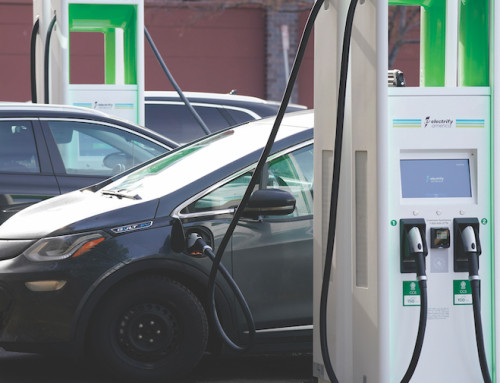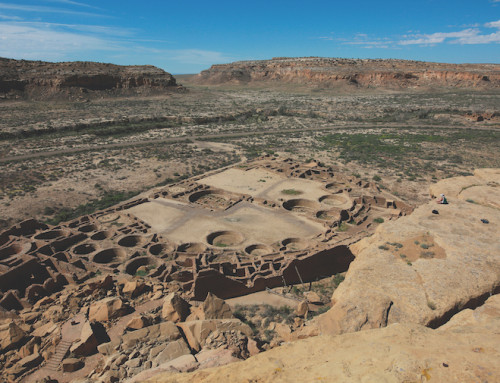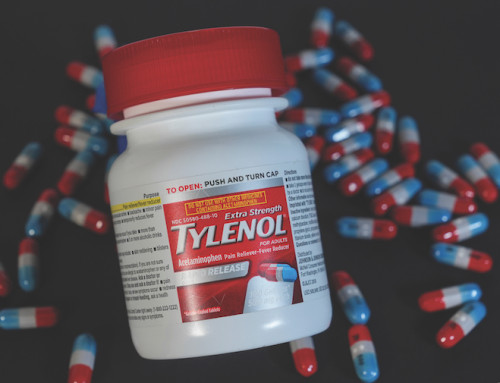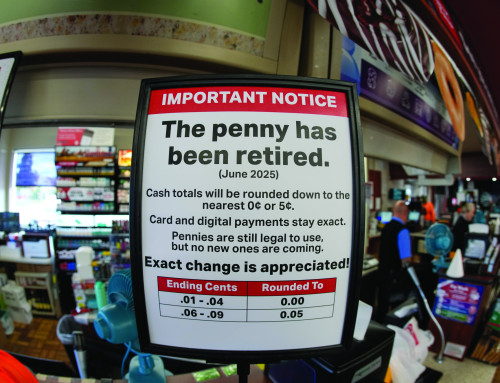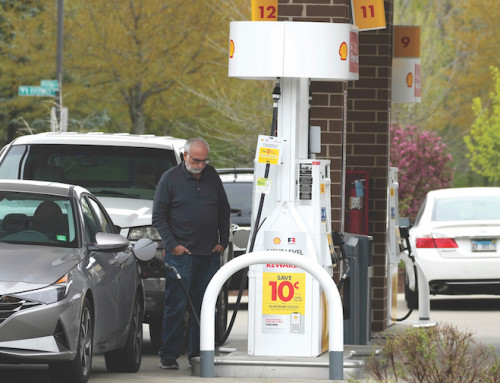INDEPENDENCE, Mo. — After nearly two years of renovations complicated by COVID-19 restrictions, the Harry S. Truman Presidential Library and Museum is ready to welcome visitors back with an updated focus on how Truman’s legacy resonates today.
The museum opened last week to the public, with hours and visitor numbers initially restricted because of pandemic regulations.
Visitors will find a museum completely reimagined during its most extensive renovation since it opened in 1957 in Truman’s hometown of Independence, Mo., an eastern suburb of Kansas City. The nearly $30 million project includes a sparkling new entrance; many more artifacts, photographs, videos and films; and exhibits that encourage visitors to touch and interact with displays.
Museum Director Kurt Graham said the museum, which closed in July 2019 for the renovations, was demolished “down to the bare studs.” People who remember the old building will recognize little except a Thomas Hart Benton mural, some artifacts and a recreation of Truman’s Oval Office, he said.
After starting in the new 3,000-square-foot Grandview Hall entrance, visitors first see Truman giving a speech in 1945 when he was running as Franklin Delano Roosevelt’s vice president. FDR died only 82 days into that term, leaving the world wondering, “who is this farmer from Missouri who is taking over the free world?” Graham said.
The exhibits try to answer that question. The first gallery shows Truman’s life in Missouri before he entered politics, from his childhood on a farm to his service in World War I to his failed haberdashery and his connection to Kansas City political machine boss Thomas Pendergast.
The previous museum had showcased Truman’s political life and presidency and relegated his personal life in Missouri to the basement. Now, his story is told in a more linear way.
“Now you can truly weave through his boyhood into the presidency and beyond,” said Kelly Anders, deputy director of the museum.
The centerpiece of the gallery about Truman’s first months in office shows a safety plug from the bomb that was dropped on Nagasaki. Nearby is a display about the more than 1,000 origami cranes symbolizing peace that were created by Sadako Sasaki, a Japanese girl who died at age 12 from radiation poisoning. Her brother donated to the museum what is believed to be one of the last cranes she folded.
Those types of artifacts illuminate why Truman is one of the most significant presidents in U.S. history, said A.J. Baime, author of several non-fiction books, including “Dewey Defeats Truman” and “The Accidental President.”
“That’s why presidential libraries are so important,” said Baime, who did research at the library and toured it during renovations. “Many people are not going to crack open a 300-page book, but seeing those artifacts makes history come alive.”
The galleries highlight challenges such as the Red Scare, over the perceived Communist threat in the U.S. during the Cold War; Truman’s firing of Gen. Douglas MacArthur after disagreements about the Korean War; desegregating the military and promoting civil rights; and recognizing the state of Israel.
Other displays include a beam from the White House before it was extensively updated during Truman’s tenure, some humorous gifts he received and the famous “The Buck Stops Here” sign he kept on his desk in the Oval Office.
Because of the controversial decisions he made, Truman left the presidency in 1953 with a 32 percent approval rating, the lowest for a president in U.S. history.
In subsequent decades, however, the public and politicians from both major parties have come to appreciate Truman’s legacy and often cite his example. Former President Lyndon Johnson and other prominent politicians have visited the museum to sign legislation. The museum showcases praise from current leaders with vastly different beliefs to highlight Truman’s continuing relevance, Graham said.
As visitors head to the exit, they can stop in a courtyard where Truman, wife Bess, their daughter and son-in-law are buried.
Most of the museum makeover was paid for through private funding, and another $7 million was raised for endowments and programming.
Baime said he initially was skeptical that a museum renovation was needed, but the result won him over. He calls it “an experience that can really open people’s eyes, minds and hearts. There will be people walking through who remember those events, and kids walking through who are going to see things to really inspire them to understand how our country came to be what it is.”




